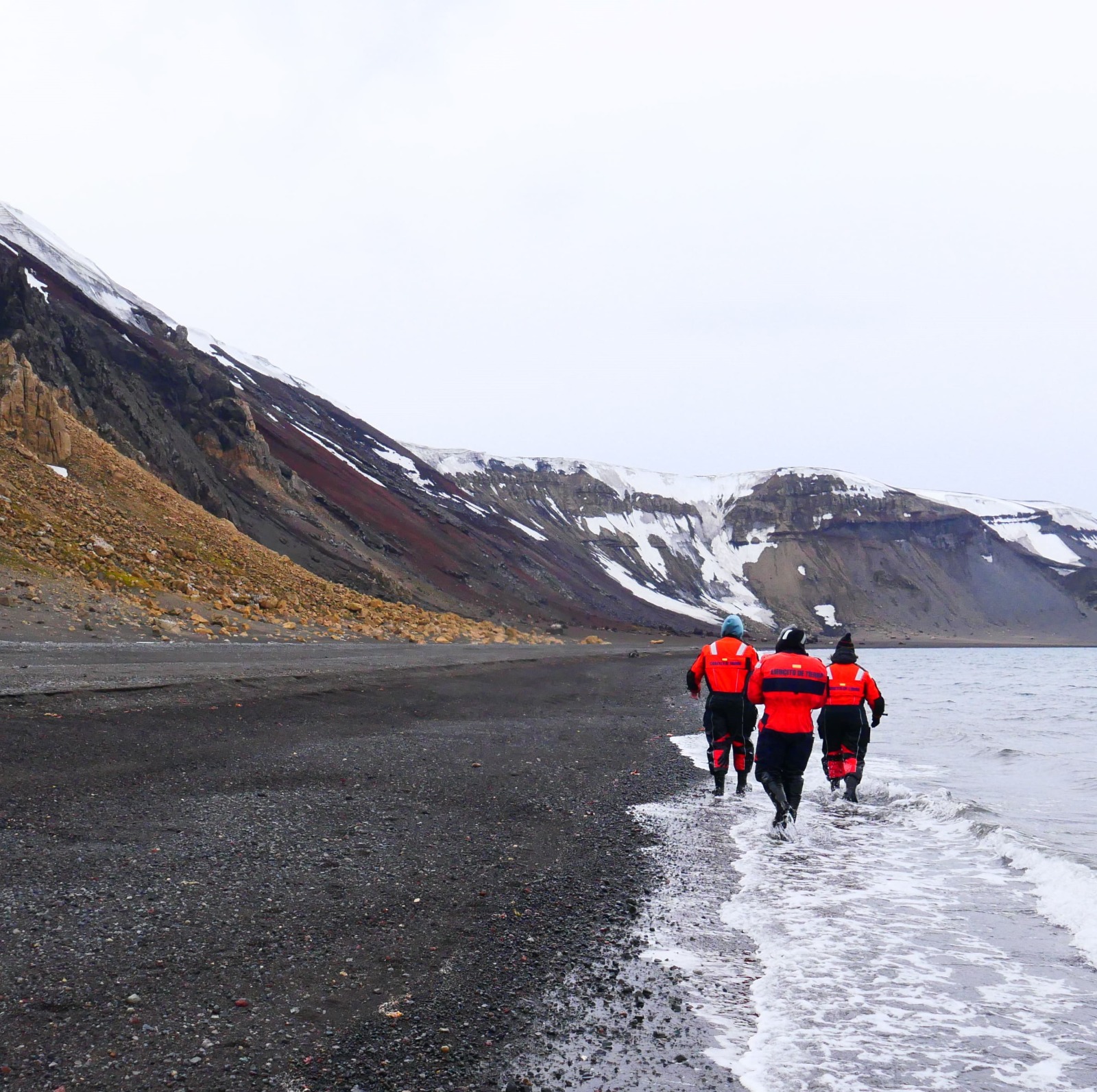Pere Monràs and plastic pollution in Antarctica
Antarctica, the most remote and ecologically unique continent, is not exempt from the consequences of human impact on a global scale. Climate change, pollution and growing tourism are becoming urgent threats to Antarctic biodiversity. The most glaring example is the presence of macro and microplastics, a consequence of the pollution that is negatively affecting this ecosystem.
The work of Pere Monràs, pre-doctoral researcher in the benthic ecology research group led by Dra. Conxita Ávila, is vital for understanding the impact of microplastics in Antarctica. Under the direction of Dr. Conxita Ávila, Pere is completing his doctorate in the study of marine contamination, specifically plastics, that reach Antarctica . Through diving, sampling with a zodiac where a net is tied to catch microplastics, and soil sampling on nearby beaches, Pere and his team try to understand the extent of plastic pollution in Antarctic waters.
Microplastics are plastic fragments smaller than 5 millimeters; using a net with a mesh of 250 microns, Pere is focusing his study on the fraction of 250 microns to 5 millimeters. The results have surprised him, as hundreds of plastic fibers have been found, probably from clothing and other human activities.
One of the most relevant points of interest in Pere's study is the biofilm that grows around microplastics, known as "plastisphere". This biofilm is formed by a diversity of microorganisms, such as bacteria, diatoms and choanoflagellates, which develop around plastics as a substrate. This phenomenon, still little known, raises questions about the ecological interactions with the microorganisms that populate this emerging marine habitat: surface plastics.
In addition to the biofilm study, Pere is analyzing the distribution of microplastics along the water column, from the surface to the bottom of the sea. This allows us to understand how plastics interact with the different layers of the marine ecosystem and how they can affect the organisms that live there.
Growing tourism in Antarctica has also been a prominent concern. As temperatures rise and the summer season lengthens, more tourist licenses have been granted, and mass cruises bring large numbers of people to the region. This fact has generated a footprint of pollution on Antarctic beaches, with waste such as water bottles and fishing materials, which show the influence of human activities in one of the most remote places on Earth.
The work of Pere Monràs and the CHALLENGE project, directed by Dra. Conxita Ávila, offer a unique opportunity to understand the human pressures and natural hazards facing Antarctic benthic ecosystems. With this knowledge, Peter seeks to raise awareness of the impact that human activities have on this environment and to find solutions to protect and preserve the biodiversity of Antarctica.
Ultimately, the research by Pere Monràs and the Conxita's Lab team is an important step towards understanding the effects of microplastics in Antarctica. It is essential that the scientific community and society in general become aware of this problem in order to achieve better waste management, the preservation of the environment and the protection of the most remote marine ecosystems on our planet.
